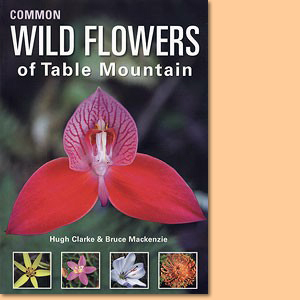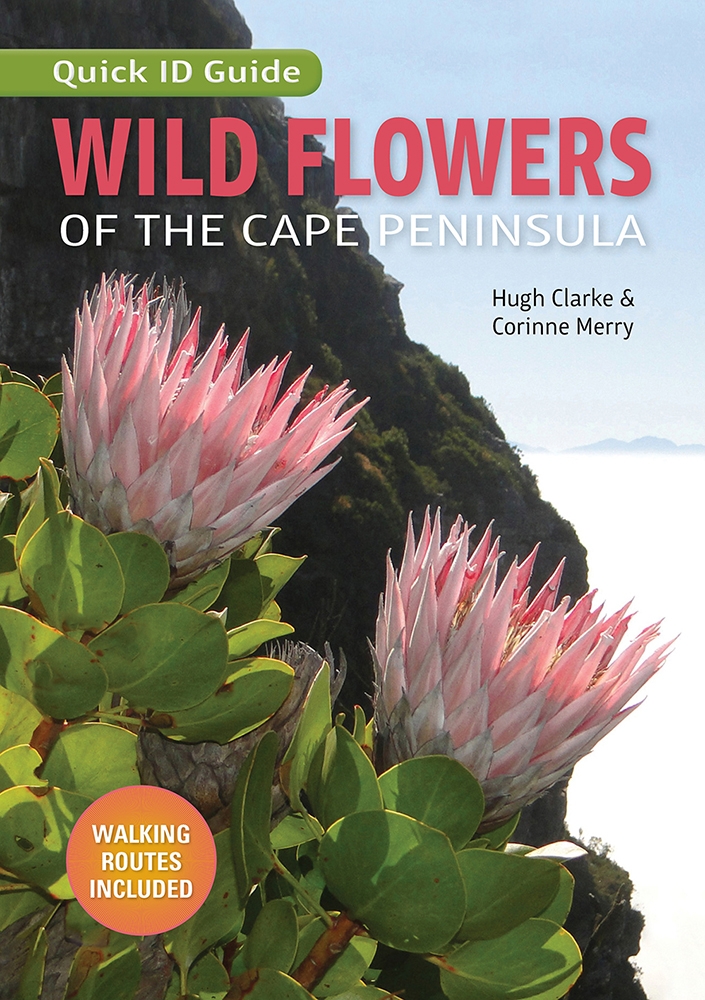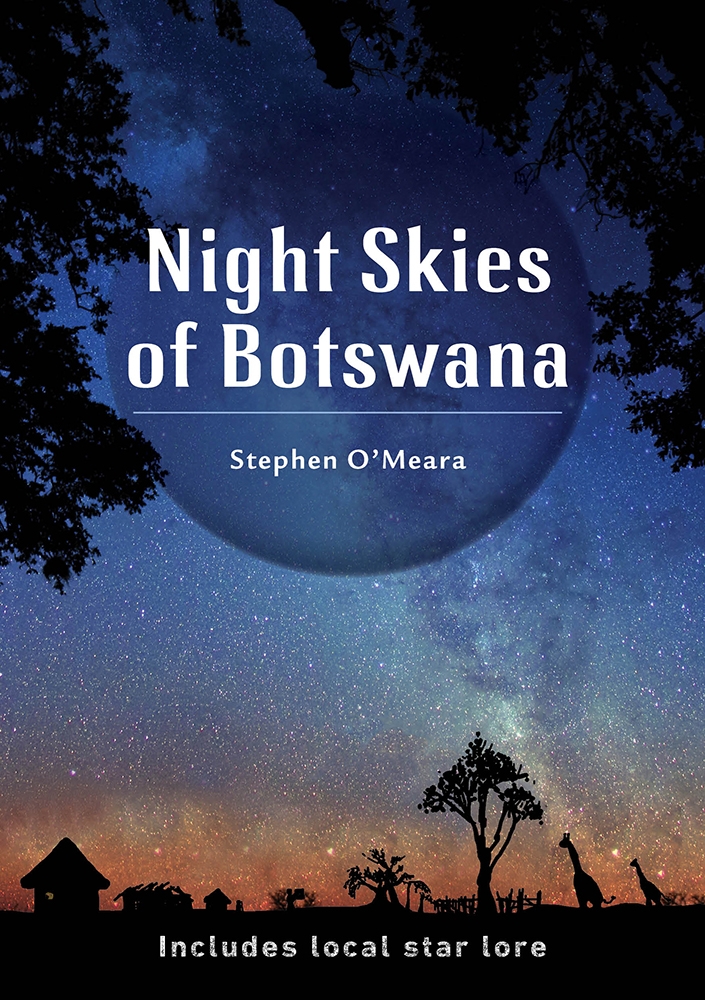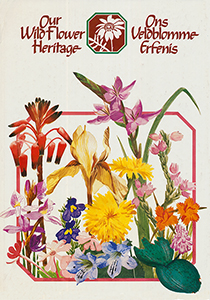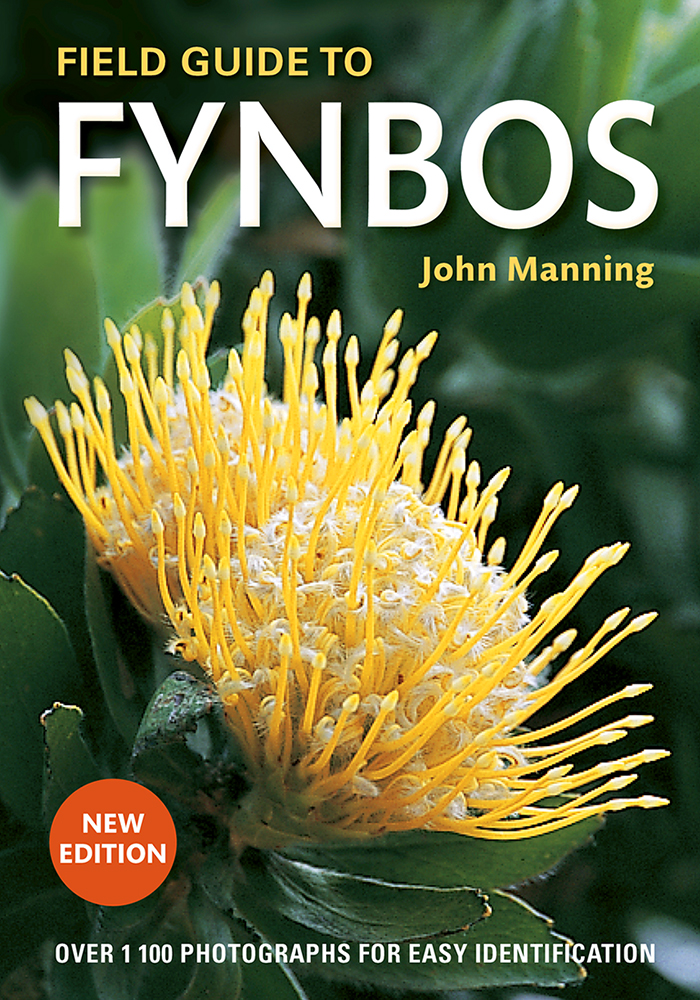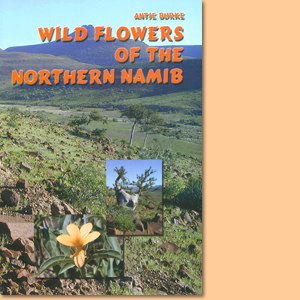Common Wild Flowers of Table Mountain, by Hugh Clarke and Bruce Mackenzie
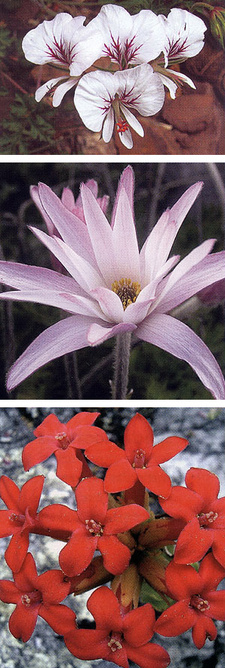
Common Wild Flowers of Table Mountain, by Hugh Clarke and Bruce Mackenzie. Authors: Hugh Clarke; Bruce Mackenzie. Struik Publishers, Cape Town, South Africa 2007. ISBN 9781770073838 / ISBN 978-1-77007-383-8
In the following chapter the authors of Common Wild Flowers of Table Mountain, Hugh Clarke and Bruce Mackenzie, explain how to use their guide.
Hugh Clarke Bruce Mackenzie John Manning
Photographs: Most readers will probably rely largely on the photographs provided to identify flowers; many plants are distinctive and you should have no problem identifying them in this way. The photographs are mostly close-ups, showing what you would see if you were right next to the flower, and some have inserts that provide a more distant view of the flowering plant. The flowers are grouped together in sections according to their colour, and each page has a colour bar reflecting the tint of the flowers on that page; this makes it easy to find a colour match for any specimen. We have grouped flowers according to the predominant colour of their petals (red, yellow, blue, etc.). Some flowers have a variety of colour forms; we show and describe the colour variant we found most often on Table Mountain, and also indicate other colour possibilities. If a flower has blue petals and a yellow centre, ignore the colour of the flower's centre and turn to the blue-coded pages. Remember that flowers' colours can vary and you may find specimens of a lighter, darker or even a different shade altogether from the one shown in this book. Beneath each photograph is a tinted panel showing two further tools to aid identification of the species. Flowering season: This reflects the months in which we, the authors, saw that species in bloom. Note that flowers may well grow outside these months, but if you have two 'lookalikes' and one is not meant to be in flower at the time you are looking at it, this may help identify the species.
Height: The height of each plant is given, in metres or centimetres. Bear in mind, however, that the height of plants can vary according to maturity of the plant, locality, frequency of fires, climatic variation and so on. We have used the term 'up to . . .' to accommodate such variations. In general, we have followed the heights specified in Goldblatt & Manning's Cape Plants: A conspectus of the Cape Flora of South Africa, moderated by our own observations of those plants seen on Table Mountain.
Flower descriptions: If you cannot identify the flower by looking at the photograph, read the text description alongside any likely photographs, which will provide the following key identifying features.
Leaves: Leaves are described in terms of size (large, small), shape (oval, round, sword-shaped), texture (rough, smooth) and where they are on the plant (high, low). Remember that leaf size is relative to the flower size - a Targe' leaf on a small-flowered plant may be described as a 'small' leaf on a large-flowered plant. Illustrations of the leaf shapes are provided in the illustrated glossary (page 87).
Flower head: We describe the main features without going into botanical detail, using the term 'flower head' in its most general sense: it can mean a dense cluster of tiny flowers, but our description refers to the overall impression of the head, not the tiny, individual blossoms.
Distribution: Here we indicate how widely dispersed the flowers are, showing the likelihood of finding the flower during the flowering season. Some flowers have very localized habitats while others are found seemingly everywhere. We have used the following terminology in the text: (...)
This is an excerpt from the book: Common Wild Flowers of Table Mountain, by Hugh Clarke and Bruce Mackenzie.
Title: Common Wild Flowers of Table Mountain
Authors: Hugh Clarke; Bruce Mackenzie
Struik Publishers
Cape Town, South Africa 2007
ISBN 1770073833 / ISBN 1-77007-383-3
ISBN 9781770073838 / ISBN 978-1-77007-383-8
Softcover, 15x21 cm, 96 pages, throughout colour photos
Clarke, Hugh und Mackenzie, Bruce im Namibiana-Buchangebot
Common Wild Flowers of Table Mountain
Describes a variety of walking routes in the Table Mountain and features some 200 common wild flowers that can be seen along the way.
Quick ID Guide Wild Flowers of the Cape Peninsula
Quick ID Guide to 360 of the Cape Peninsula’s most remarkable and commonly seen wild flowers.
Common Wild Flowers of Table Mountain & Silvermine
Common Wild Flowers of Table Mountain & Silvermine is aimed at flower-lovers, hikers, mountaineers and tourists.
Weitere Buchempfehlungen
Our wild flower heritage
Our wild flower heritage is a botanical collecting album to the flora of South Africa.
Cuddle Me, Kill Me: A True Account of South Africa's Captive Lion Breeding and Canned Hunting Industry
Cuddle Me, Kill Me: A True Account of South Africa's Captive Lion Breeding and Canned Hunting Industry.
Field Guide to Fynbos
Field Guide to Fynbos features 1150 species of Fynbos, focusing on the most common and conspicuous wild flowers of South Africa.
Wild flowers of the Northern Namib
This is the third volume in the Wild Flowers series about the northern Namib Flora.

